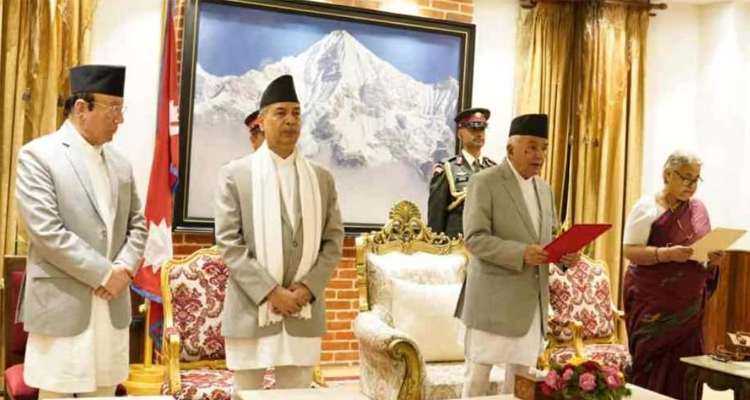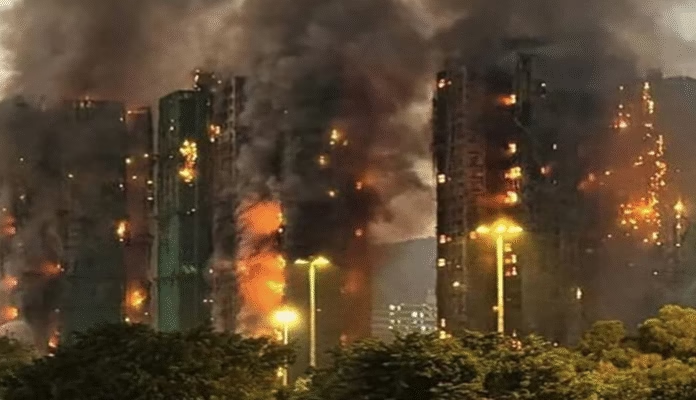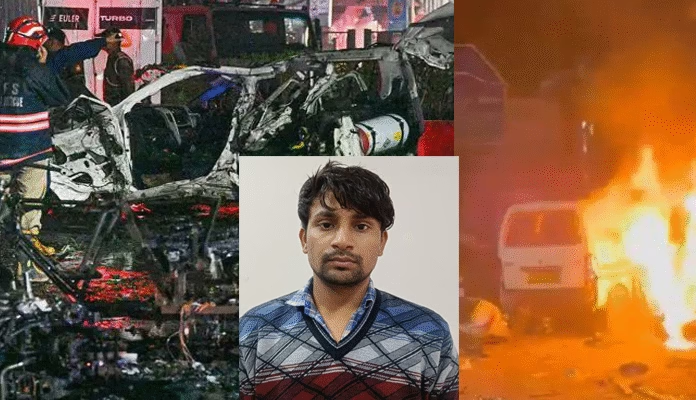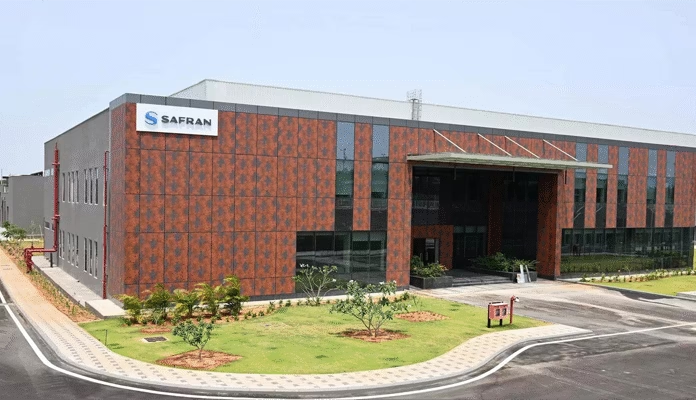Nepal Returns to Stability After Political Turmoil

Nepal, located between India and Tibet (China), has restored relative normalcy after two days of political unrest. Young protesters marched in Kathmandu and major cities demanding government accountability and better governance. Over 30 million Nepalis remained under government control as an interim administration was formed on 12 September 2025.
Sushila Karki Sworn in as Interim Prime Minister
Nepal’s first woman Chief Justice, Sushila Karki, was sworn in as interim Prime Minister. President Ramchandra Paudel administered the oath in a ceremony attended by top dignitaries. An alumna of Banaras Hindu University in India, Karki is tasked with conducting national elections within six months.
Political Leaders and Ministers Amid the Crisis
President Paudel and Army Chief Ashok Raj Sigdel appealed to citizens to disregard false information. Following the resignation of KP Sharma Oli, the head of state called for support in resolving the crisis peacefully.
Rajyalaxmi Chitrakar, wife of former Premier Jhalanath Khanal, is recovering from burn injuries after her residence was set on fire during the protests. Several ministers resigned or left Nepal fearing public anger, though former Premier Oli and Communist leader Pushpa Kamal Dahal (Prachanda) remain in Kathmandu.
Protests Triggered by Social Media Ban
The unrest escalated after the government banned platforms like Facebook, Instagram, WhatsApp, YouTube, Snapchat, Pinterest, Reddit, LinkedIn, and X (Twitter). Initially peaceful, demonstrations became violent, leaving over 100 injured after police action.
Thousands joined protests across Kathmandu, Pokhara, Biratnagar, Bharatpur, Butwal, and Birgunj, demanding anti-corruption measures and better governance. Hundreds of thousands attacked government buildings, including Parliament, the Supreme Court, ministers’ offices, and party headquarters.
Army Deployment and Restoration of Order
The Army was deployed to control the situation. Over 50 people died and more than 1,000 were injured during the two-day unrest. Nighttime restrictions were imposed nationwide. Some political leaders, including Deputy Premier Bishnu Prasad Paudel and Foreign Minister Arzu Rana Deuba, were assaulted.
Media Houses Targeted During Turmoil
Protesters attacked major media outlets, including Kantipur and Annapurna Media Network. Journalists injured while reporting included Shyam Shrestha, Dipendra Dhungana, Umesh Karki, Barsha Shaha, and Shambhu Dangal. Two visiting Indian journalists were also intimidated.
India Responds to Nepal Crisis
Former PM Oli, known for his pro-Beijing stance, has stepped down. Indian Prime Minister Narendra Modi expressed concern over the violence and condoled the loss of young lives. Following Ms. Karki’s appointment, Modi reaffirmed India’s commitment to the peace, progress, and prosperity of Nepal.




